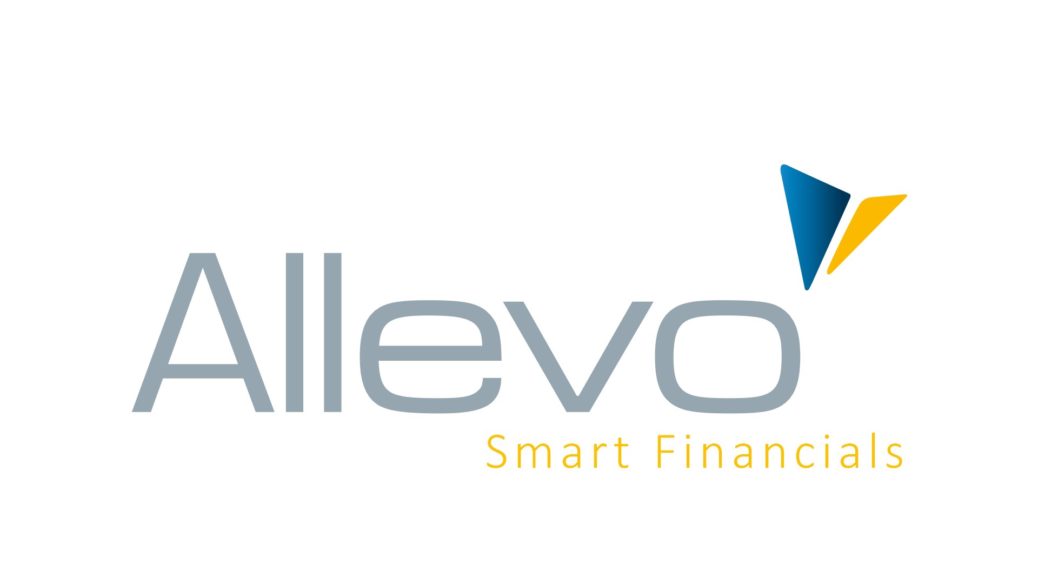 No one likes reading through pages or slides of stats and research, least of all your clients. Data visualizations can help simplify this information not only for them but you too! These ten different data visualizations will help you present a wide range of data in a visually impactful way.
No one likes reading through pages or slides of stats and research, least of all your clients. Data visualizations can help simplify this information not only for them but you too! These ten different data visualizations will help you present a wide range of data in a visually impactful way.
1.Pie Charts and Bar Graphs—The Usual Suspects for Proportion and Trends
New to data visualization tools? Start with the traditional pie chart and bar graph. Though these may be simple visual representations, don’t underestimate their ability to present data. Pie charts are good tools in helping you visualize market share and product popularity, while bar graphs are often used to compare sales revenue over the years or in different regions. Because they are familiar to most people, they don’t need much explanation—the visual data speaks for itself!
2.Bubble Chart—Displaying Three Variables in One Diagram
When you have data with three variables, pie charts and bar graphs (which can only represent two variables at the most) won’t cut it. Try bubble charts, which are generally a series of circles or “bubbles” on a simple X-Yaxis graph. In this type of chart, the size of the circles represents the third variable, usually size and quantity.
For example, if you need to present data on the quantity of units sold, the revenue generated, and the cost of producing the units, use a bubble chart. Bubble charts immediately capture the relationship between the three variables and, like line graphs, can help you identify outliers quickly. They’re also relatively easy to understand.
3.Radar Chart—Displaying Multiple Variables in One Diagram
For more than three variables in a data set, move on to the radar chart. The radar chart is a two-dimensional chart shaped like a polygon with three or more variables represented as axes that start from the same point.
Radar charts are useful for plotting customer satisfaction data and performance metrics. Primarily a presentation tool, they are best used for highlighting outliers and commonalities, as radar charts are able to simplify multivariate data sets.
4.Timelines—Condensing Historical Data
Timelines are useful in depicting chronological data. For example, you can use it to chart company milestones, like product launches, over the years.
Forget the black and white timelines in your history textbooks with few dates and events charted. With simple tools online, you can add color and even images to your timeline to accentuate particular milestones and other significant events. These additions not only make your timeline more visually appealing, but easier to process too!
5.Arc Diagrams—Plotting Relationships and Pairings
The arc diagram utilizes a straight line and a series of semicircles to plot the relationships between variables (represented by nodes on the straight line), and helps you to visualize patterns in a given data set.
Commonly used to portray complex data, the number of semicircles within the arc diagram depends on the number of connections between the variables. Arc diagrams are often used to chart the relationship between products and their components, social media mentions, and brands and their marketing strategies. The diagram can itself be complex, so play around with line width and color to make it clearer.
6.Heat Map—For Distributions and Frequency in Data
First used to depict financial market information, the heat map has nothing to do with heat but does display data “intensity” and size through color. Usually utilizing a simple matrix, the 2D area is shaded with different colors representing different data values.
Heat maps are not only used to show financial information, but web page frequency, sales numbers and company productivity as well. If you’ve honed your data viz skills well enough, you can even create a heat map to depict real time changes in sales, the financial market, and site engagement!
7.Chloropleth and Dot Distributions Maps—For Demographic and Spatial Distributions
Like heat maps, chloropleths and dot distribution maps use color (or dots) to show differences in data distribution. However, they differ from heat maps because they’re specific to geographical boundaries. Chloropleths and dot distribution maps are particularly useful for businesses that operate regionally or want to expand to cover more markets, as it can help present the sales, popularity, or potential need of a product to the client in compelling visual language.
8.Time Series—Presenting Measurements over Time Periods
This looks something like a line graph, except that the x-axis only charts time, whether in years, days, or even hours. A time series is useful for charting changes in sales and webpage traffic. Trends, overlaps, and fluctuations can be spotted easily with this visualization.
As this is a precise graph, the time series graph is not only good for presentations (you’ll find many tools to help you create colorful and even dynamic time series online), it’s useful for your own records as well. Professionals both in business and scientific studies typically make use of time series to analyze complex data.
9.Word Clouds—Breaking Down Text and Conversations
It may look like a big jumble of words, but a quick explanation makes this a strong data visualization tool. Word clouds use text data to depict word frequency. In an analysis of social media mentions, instead of simply saying “exciting” has been used x number of times while “boring” has been used y number of times, the word that is used most frequently appears the largest, and the word that hardly appears would be in the smallest font.
Word clouds are frequently used in breaking down qualitative data sets like conversations and surveys, especially for sales and branding firms.
10.Infographics—Visualizing Facts, Instructions and General Information
Infographics are the most visually appealing visualization on this list, but also require the most effort and creativity. Infographics are a series of images and text or numbers that tell a story with the data. They simplify the instructions of complex processes, and make statistical information easily digestible. For marketers, infographics are a popular form of visual content and storytelling.
Get more information on building charts, graphs and visualization types.














